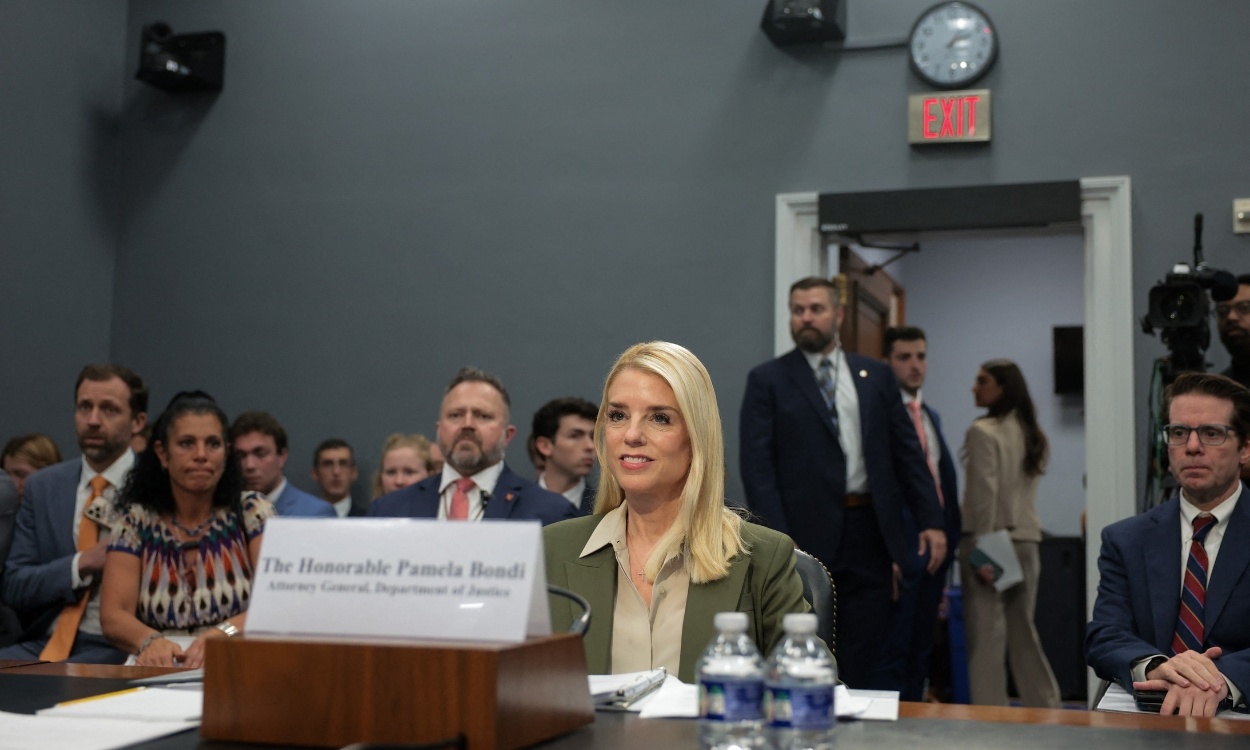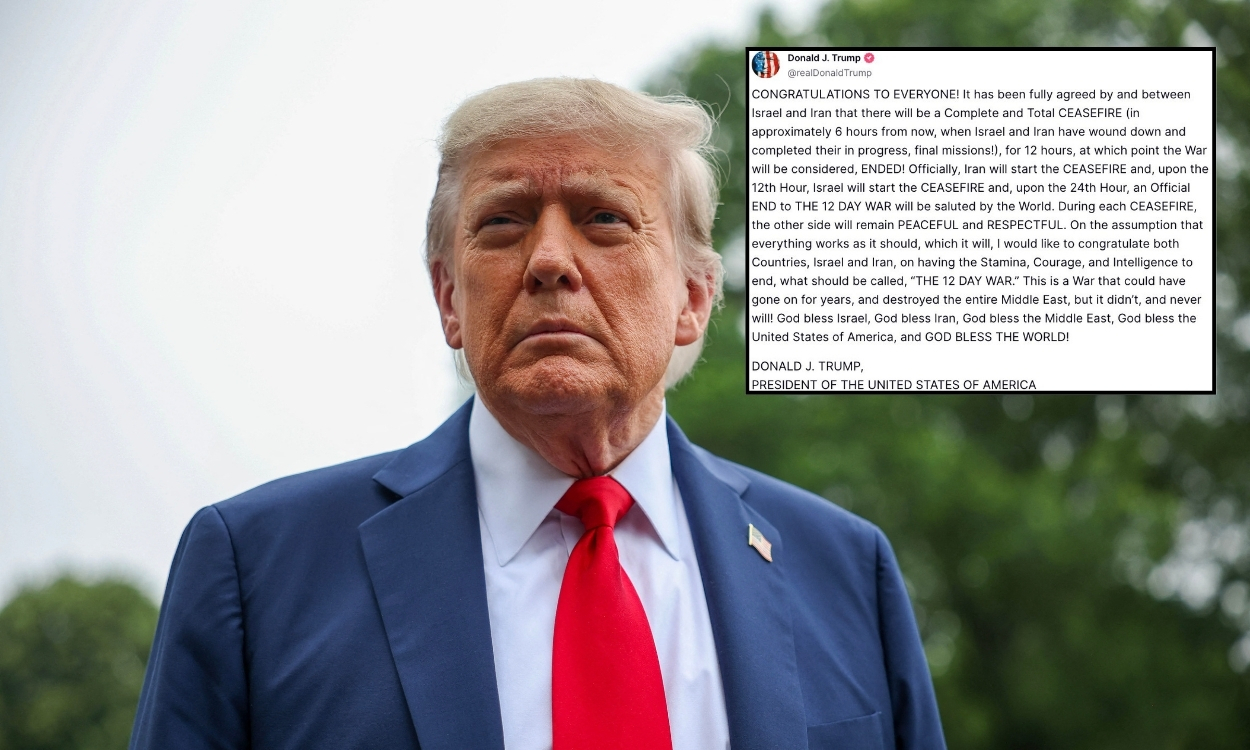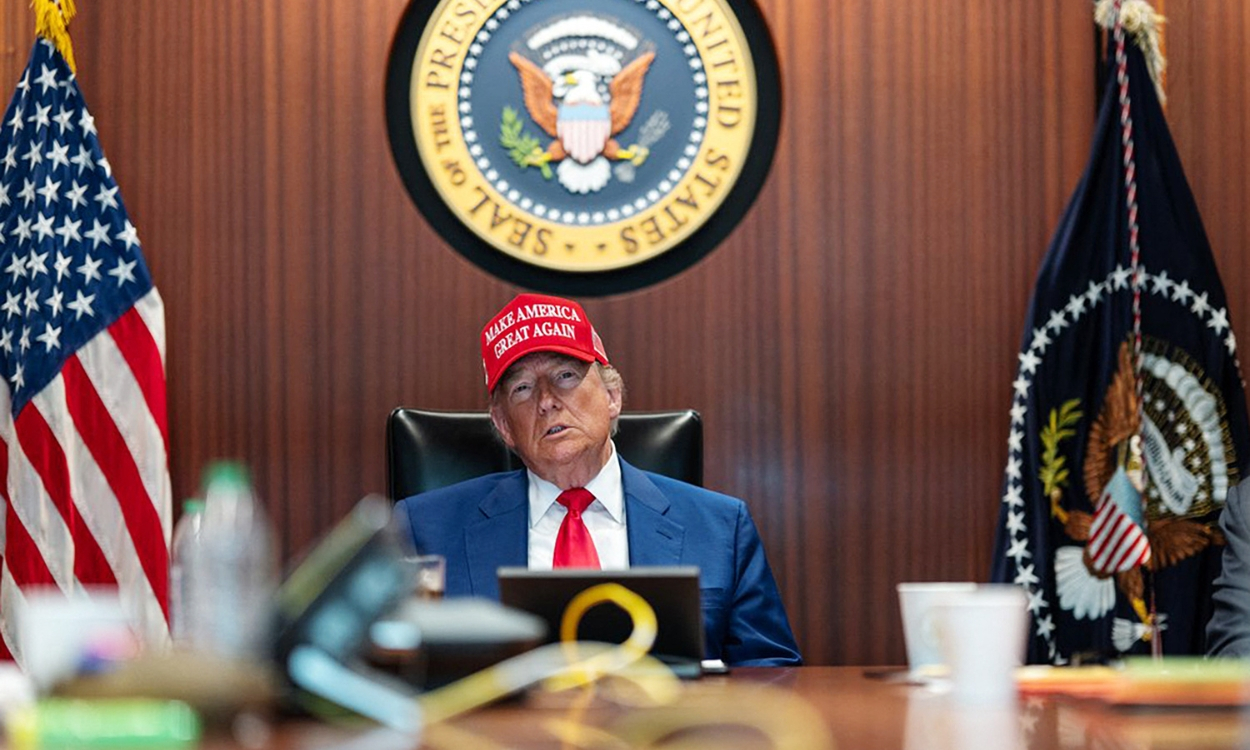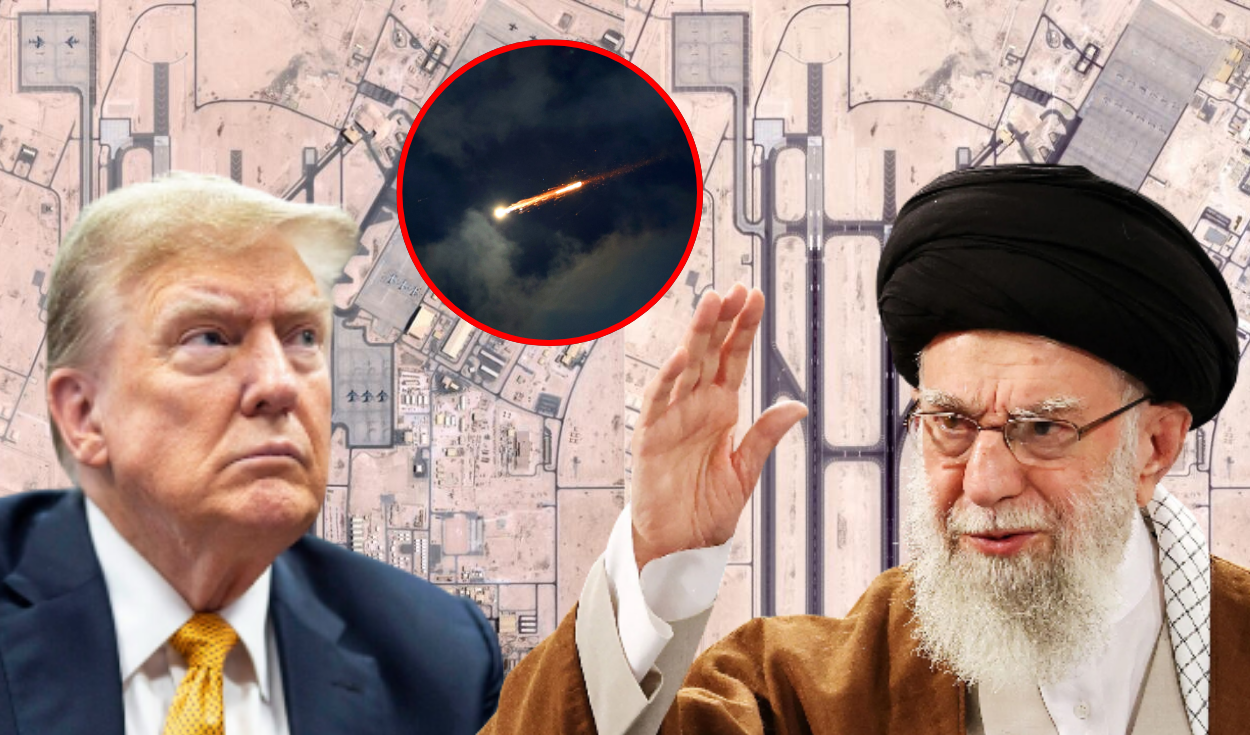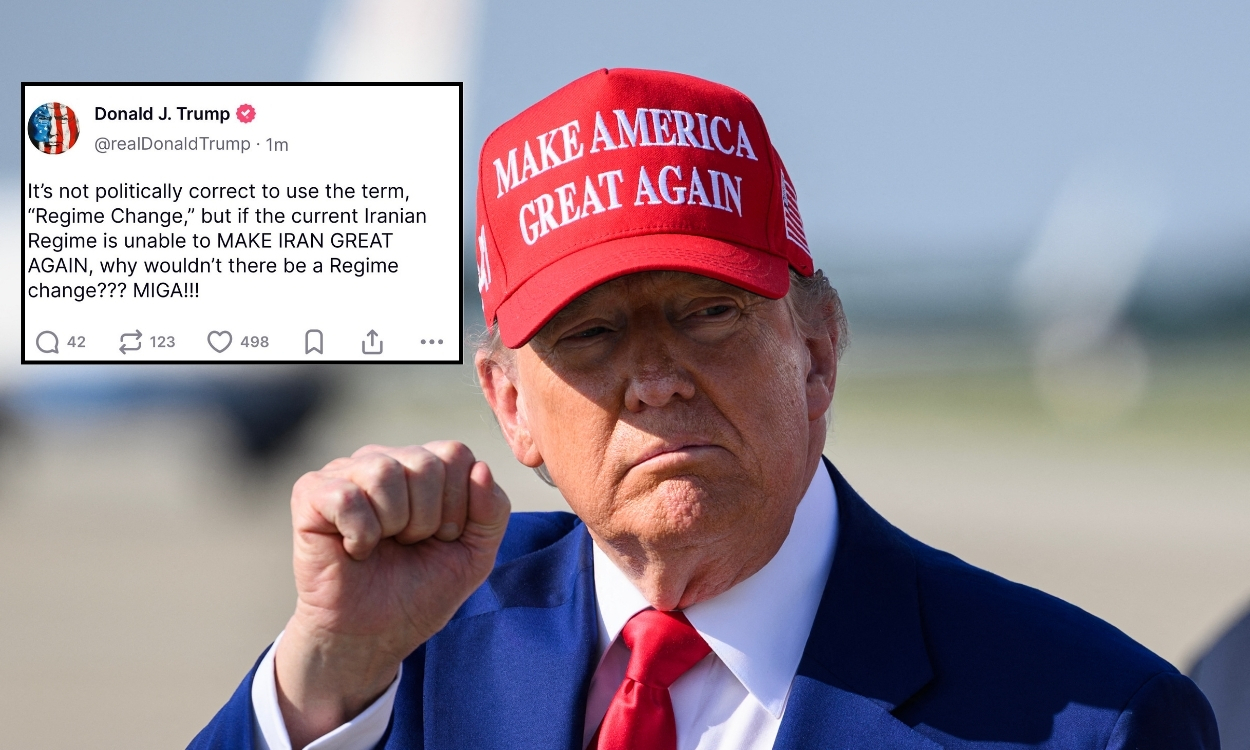China stands firm amid Trump’s tariff escalation in U.S.-China trade war
Beijing responds to the U.S. trade offensive with calculated measures, showcasing its economic strength and political resolve not to yield to what it describes as “unilateral harassment.”
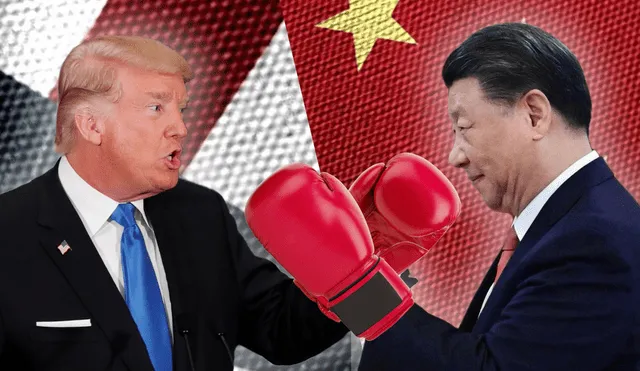
For years, the trade relationship between China and the United States has been a cornerstone of the global economy. However, the tariff tensions driven by Donald Trump’s administration have tested that connection, turning it into a battleground more symbolic than economic. While Trump has sought to apply pressure through increased tariffs on Chinese imports, Beijing’s response has been measured—but firm.
China has made it clear that it will not yield to external pressure. Although it would prefer to avoid a trade war, its leaders believe the country is in a strong position to endure one. Backed by its state apparatus, an active diplomatic network, and a nationalist narrative, the Asian giant has retaliated with tariffs of its own—reinforcing the message that it has both the capacity and the resolve to stand its ground.
An expanding diplomatic and economic strategy
China’s approach has not been limited to imposing tariffs. Its broader strategy includes a vigorous diplomatic push to consolidate alliances and explore new trade avenues. In this context, President Xi Jinping has emphasized to European leaders the importance of standing united against Washington’s unilateral actions. His recent meeting with Spanish Prime Minister Pedro Sánchez underlines this position and signals a symbolic alliance against U.S. protectionism.
Beyond Europe, China has deepened its engagement with countries such as South Africa, Saudi Arabia, and India, aiming to broaden its commercial ties beyond the traditional axis. This growing web of alliances allows China to diversify its economic relations and reduce its dependence on the U.S. market, while expanding its global influence.
Xi Jinping is also set to visit Malaysia, Vietnam, and Cambodia—countries that have likewise been impacted by U.S. tariffs. The trip is part of a strategy to build a regional bloc that could serve as an alternative growth engine. Commercially, China is also exploring alternative mechanisms, such as minimum export pricing for vehicles in Europe, to prevent further price wars.
These moves reflect a well-defined roadmap. Aware of domestic challenges—ranging from a real estate crisis to youth unemployment—China is seeking to avoid direct confrontation while remaining prepared to leverage its economic and symbolic power. The recent circulation of images of Mao Zedong and patriotic messages points to a mobilization of national pride in the face of external pressure.
The symbolic dimension of tariffs in the U.S.-China war
As rounds of tariffs continue, their actual economic impact appears to be fading, while their symbolic weight grows. What was once a major threat to bilateral trade has now become a political standoff, where both countries defend their positions more out of pride than practical gain.
Experts agree that current tariffs have already slowed down a significant portion of trade between China and the United States, limiting their practical effect. Nonetheless, tariffs remain a relevant geopolitical tool—especially for Trump, who has woven them into the narrative he presents to his political base.
In turn, China has adopted a defiant tone. Foreign Ministry spokesperson Mao Ning has delivered messages referencing the Korean War, asserting that the country “will not yield” and “will not back down in the face of provocations.” These statements are intended to demonstrate resolve and send a clear signal to the international community.

